Security in Latin American air terminals, more than a systematic and careful review of the transport of people and cargo, implies the management of a critical infrastructure for the development of the region.
By Iris Montoya Ricaurte
The development of airport activity in Latin America has the burden of integrating several levels of security into its spaces, this due to the multiple operations that happen in airport spaces at the same time. A relevant factor in the assurance of this operation is that airports are the largest gateway to tourism, as well as immigration and migration from a territory marked by its rugged geography.
According to ECLAC Bulletin 370, a text in which it addresses airport infrastructure in Latin America and the Caribbean, the airport sector is a key element for the competitiveness of this region and its international insertion, "since better air connectivity minimizes costs for passengers, companies and commerce in general, in addition to promoting tourism and foreign direct investment." This publication ensures that the sector represents almost 4.9 million jobs and 153 billion dollars of Latin America's GDP.
For José Luis Calderón, a specialist in perimeter protection and critical infrastructure, as well as director at Eximco, the airport should not be seen simply as a large piece of land that protects runways, people and other assets inside, but rather "understand it as a platform of dreams and development, which has an undeniable relationship between the present and the future of countries."

For him, the importance of airports and civil aviation is transcendental for the progress of any territory.
In that sense, the specialist affirms that the management of security in these spaces could be divided into two large parts. First, the needs and everything related to air operation, such as contact with passengers, luggage and package transport; secondly, the protection of the infrastructure, where the critical area stands out, which is where the center of the air operation is, that is, the runways, radars and many other equipment or strategic infrastructures.
Thus, it is possible to conclude that the security needs at airports are very broad in the physical aspect and now in the cyber aspect, since these spaces are also susceptible to cyberattacks.
Critical airport security zones
 Susana Gallegos, regional sales director for Latin America at STid Security, informed us that the operational structure responds to three basic protection circuits:
Susana Gallegos, regional sales director for Latin America at STid Security, informed us that the operational structure responds to three basic protection circuits:
- The exterior circuit, in charge of those responsible for the public, peripheral and road areas of the airport facilities.
- The intermediate circuit, where the priority is to prevent and normally work private security personnel, in various services such as entry and exit controls or passport verification.
- The interior circuit, which are the areas that protect the aircraft and cargo areas, operated by specialized personnel with automation technology.
For Susana in these three circuits we find essential enabling technologies, such as Big Data collection, intelligent energy systems, IOT and Artificial Intelligence. In addition to the specific devices that characterize each space, such as in the outdoor circuit, perimeter protection with access technologies, CCTV, smoke detectors, intrusion and alert systems.
Unmissable in airport security
Manuel Zamudio, Manager of Industrial Associations for Axis in Latin America, explained that first of all there is access control, "with which we should ensure that the right person is in the right place to be." To this I add that there are many specialized technologies, which handle a high number of doors and cards, control of suppliers and visitors in restricted areas. Solutions recently strengthened with biometric systems such as facial and license plate recognition.

"The access control system is complemented of course by video surveillance systems, allowing not only to detect and recognize, but to identify people, objects and activities, so that risk mitigation, loss prevention, operational optimization, and immediate communication between stakeholders, is as efficient and timely as possible."
In general, for Manuel, "technology is nothing more than a tool that can help the work of security personnel to be adequate, effective and efficient, with a more reliable and economical operation."
From another perspective, José Luis explained to us the close relationship between security devices at airports and laws. "Being an industry linked between all countries, there are international regulations that dictate basic guidelines for the protection of civil aviation." And he insisted that what should not be missing are all the equipment or tools to detect packages, such as x-ray equipment and new technologies, dogs trained to sniff, human personnel, among others.
Security strategies for airports
Manuel commented in this regard that "knowing in advance that three pillars are required that must be balanced for a security strategy to work (processes – normativity, regulations, standards, etc., infrastructure – architecture, technology, etc. and human resources – trained, enabled, motivated) and with the certainty that any of them that exceeds the other two, would turn the strategy into something more or less bureaucratic, more or less expensive or more or less slow to implement."
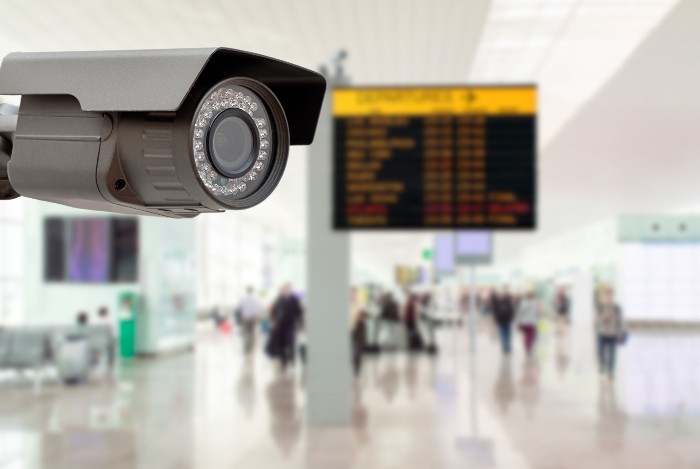
For his part, José Luis assures that "security must be conceived as a strategy, in the case of an airport this strategy must be segmented into different layers". According to this expert "in a security strategy the most common objectives are to deter, stop threats, delay them, detect and evaluate them, for which you use technological, physical and human means".
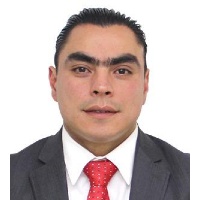
For Iván Durán, former director of security at Benito Juárez Mexico City International Airport (AICM), every security strategy for air terminals is based on three points.
The human resource, which must have trained, trained personnel and a great attitude of service towards the passengers. Regulations, understood as the renewal and updating of procedures, policies, standards and slogans so that the security team has the capacity to react immediately. And have the right and updated technologies.
Most common airport security mistakes
For Manuel Zamudio, the errors are summarized in six:
- Initiate a management in the design and selection of technologies from the definition of the budget, thinking that all equipment is worth the same.
- Marrying with a single technology that, although it can offer ease in administrative issues and compatibility between products of the same brand, usually has limitations in flexibility, scalability, compatibility, costs and technological developments, among others.
- Look for the free consultancy. "It is a common vice, where after the probability of being favored with the sale of products and service contracts, someone offers advice at no cost to be able to offer their products. But these are not always aligned with the client's long-term strategies and goals."
- Specify by product and not by functionality. For example, "what is the use of asking for a camera that supports vandalism if I am going to place it on a ceiling 9 meters high? Do I require a camera to support immersion in water if I am going to use it inside an airport? Do I want it to withstand sub-zero temperatures in a tropical climate?"
- Do the same as others expecting different results
- "Work in silos", that is, use all subsystems isolated and with redundant investments instead of unifying them or integrating them into a standardized, compatible, scalable, flexible and upgradable system.

From Susana's point of view, there are two big mistakes: "First, working only with restrictive technologies. It is important to make a "forecast" of the possible future integrations and anticipate, it is not enough to respond to the urgent problem". To this he adds that some companies use technological "locks" that do not allow autonomy in the medium and long term, in that sense he suggests monitoring the standards of international security organizations, open protocols and chips that have not yet been cloned.
Secondly, do not transfer biometrics to the virtual. "While there is an imminent need for biometric recognition, we can observe that Latin American airports still typically use localized biometric databases, making the flow of critical information vulnerable. New trends are betting on the privacy of personal information." In this sense, he pointed out that the preference is to store biometrics locally and with private encryptions within cards, these being preserved by the user himself.
Airport security personnel
Meanwhile, Iván Durán, indicated that commitment, service and honesty should be the main characteristics of the personnel who are in charge of security at airports. In addition, he warned that security companies have mechanisms to hire their staff, such as confidence exams, polygraphs, socioeconomic exams, confidentiality letters and some internal techniques.
Susana commented in this regard that "it is important that they have specialized knowledge, thanks to years of experience in the field and certifications, whose support provides solid foundations in digital security, risk analysis, monitoring and interpretation of data for the implementation of efficient operations at the airport." Likewise, they must have skills to solve problems related to the human factor and project management, which is the great foundation of digital security.
Technological innovations for security
Manuel told us that one of the most important novelties and trends to consider in video surveillance systems at airports is the 'Edge' concept. "In addition to obtaining suitable images that allow us to process the video of sufficient quality and turn it into useful statistical data, it is necessary to do it in a better way," that is, faster and more efficiently. This can be achieved, for example, by taking advantage of the computing power that IP cameras have.
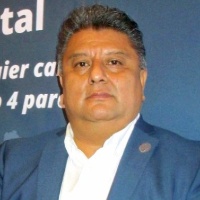
For his part, Víctor Calderón, sales manager at NVT Phybridge Mexico, said that tests and new implementations such as computed tomography for baggage screening are being carried out. A technology developed for medical purposes that helps display rotating, color-coded, three-dimensional images at airports that are more accurate than traditional scanning machines.
He also added that there are new technologies for body scanning, which allow a total review without the person having to strip off clothing or accessories, reducing the false alarms of yesteryear. In addition to facial recognition, which for Victor is one of the most innovative advances that are being implemented not only in airports, to print baggage tags and also to enter the last waiting or boarding rooms, without the need to show an official identification or other supports.
Airport Security Considerations
Security at airports occupies different layers, technologies and of course must be reflected in a strategy that articulates the different areas and personnel. Being a traffic space that does not usually rest (especially for international airports) you must choose the best devices, useful enough, but at the same time flexible to integrate with others. This is something that applies to physical barriers such as technological installations such as camcorders.
Another factor of utmost importance is the human, because all the technology mentioned by the experts becomes a tool, which, as always, can be given an optimal or inefficient use. Hence the importance of considering the qualities and skills that staff should have.
Finally, the update is another common factor in the issue of airports, as they need to be up to date, due to the type of operation and attacks they can suffer. It is not necessary to install a device every time there is a novelty, if you must have an estimate of the useful life time and the incoming innovations that could solve and avoid problems.
Victor ends this note by saying that "updating or improving a security system in operation is not an easy task and usually involves an extensive time because now there are areas in operation 24/7 and it is not always possible to close certain areas". Thus, the time for the final adjustment is also an issue to consider when you have a system in operation along with the adjustments or improvements that must operate in a synchronized manner and with the same personnel who are currently working in the control room.
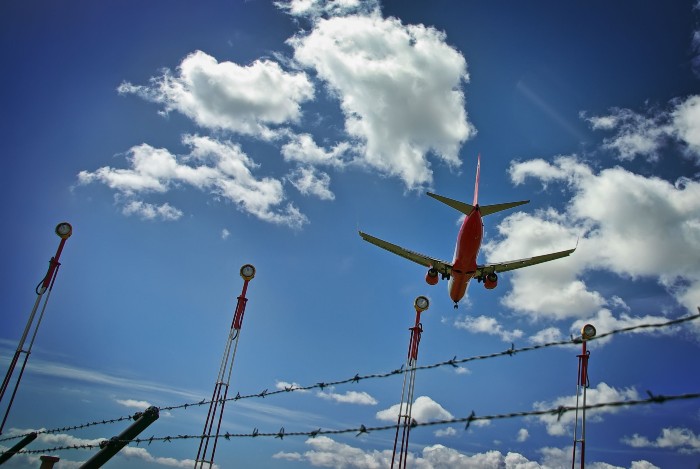
Pandemic shock and recovery
It is to be considered that the confinement generated by the Covid-19 pandemic led in 2020 to a global economic crisis, which had air transport among its most notorious affected. According to the Airport Council International for Latin America and the Caribbean (ACI-LAC), more than 700 million passengers were lost in our region in 2020, a drop of 61% compared to 2019.
However, according to an interview held by José Ricardo Botelho, executive director and CEO of the Latin American and Caribbean Air Transport Association (ALTA), with different means earlier this year, air transport in the region shows clear signs of recovery this year. "We are 30% below 2019 levels and 50% above 2020 levels."
For José Ricardo, the region has tremendous potential for aviation and tourism. That is why from ALTA "we continue to communicate the studies carried out that show that aviation is not a vector of contagion and quarantines and closures are not effective, on the contrary, they generate uncertainty and fear in the population, inefficiencies for the industry and large economic losses".


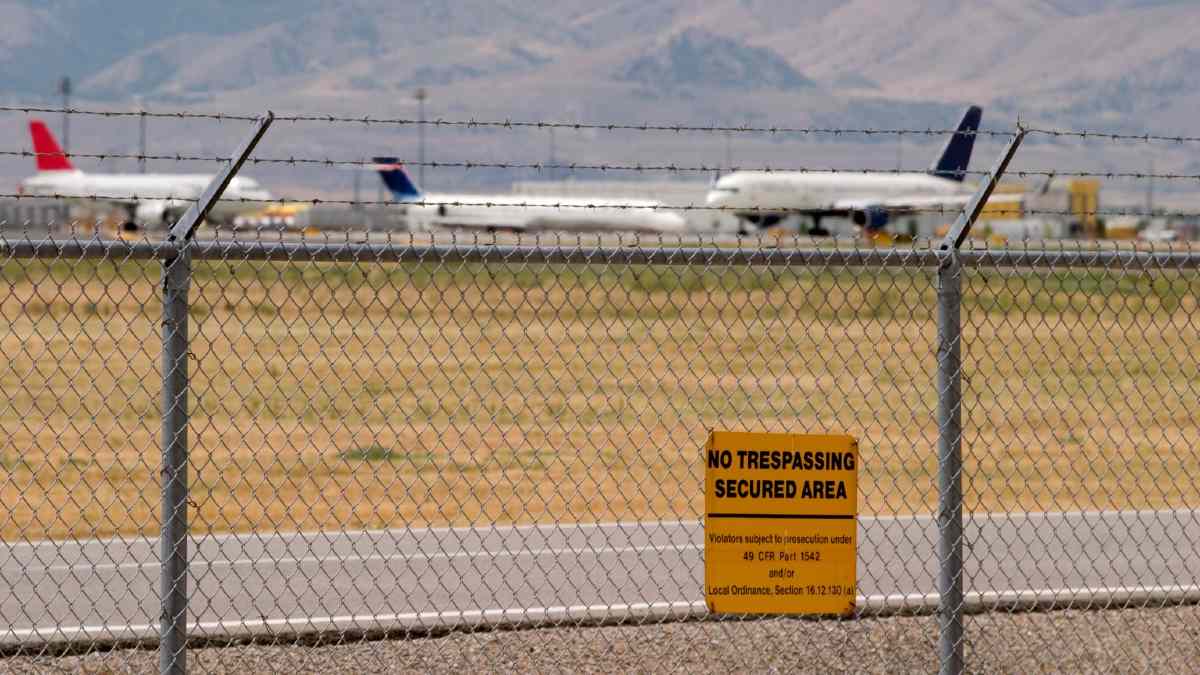























Leave your comment